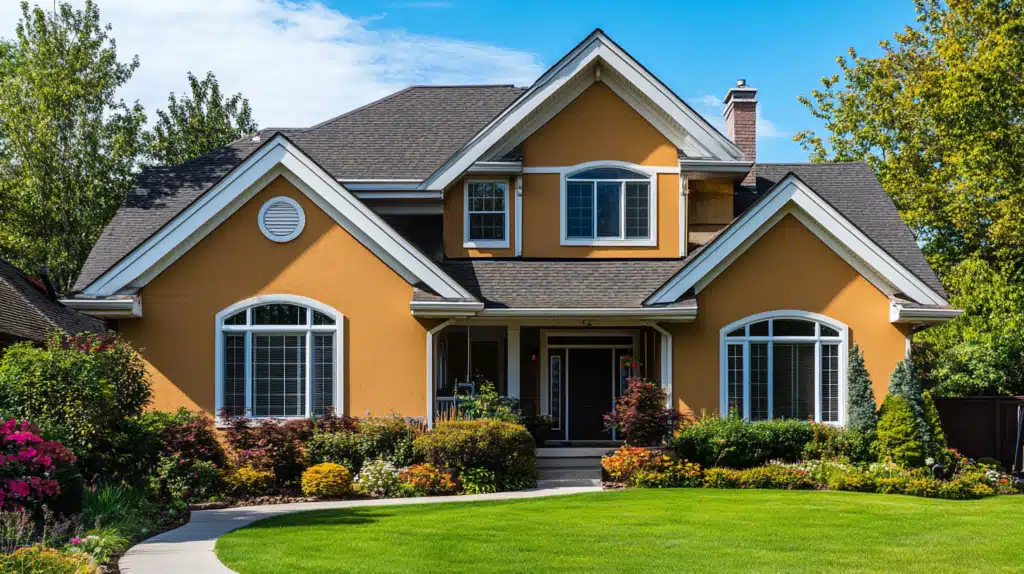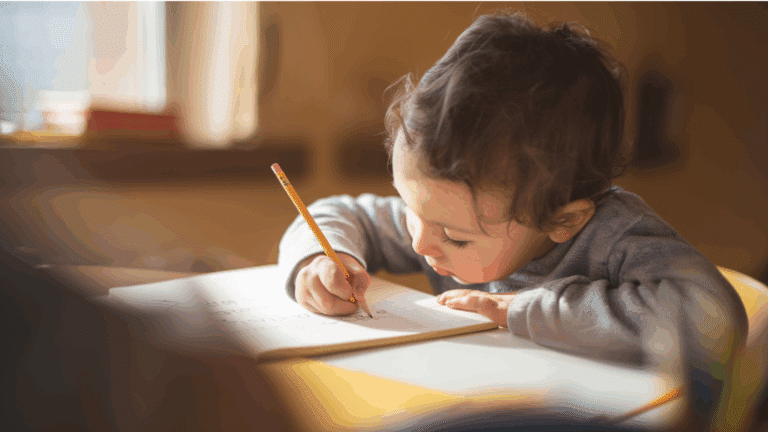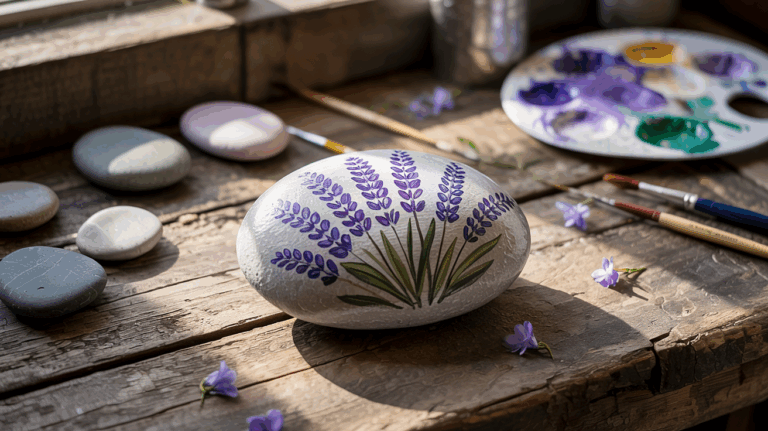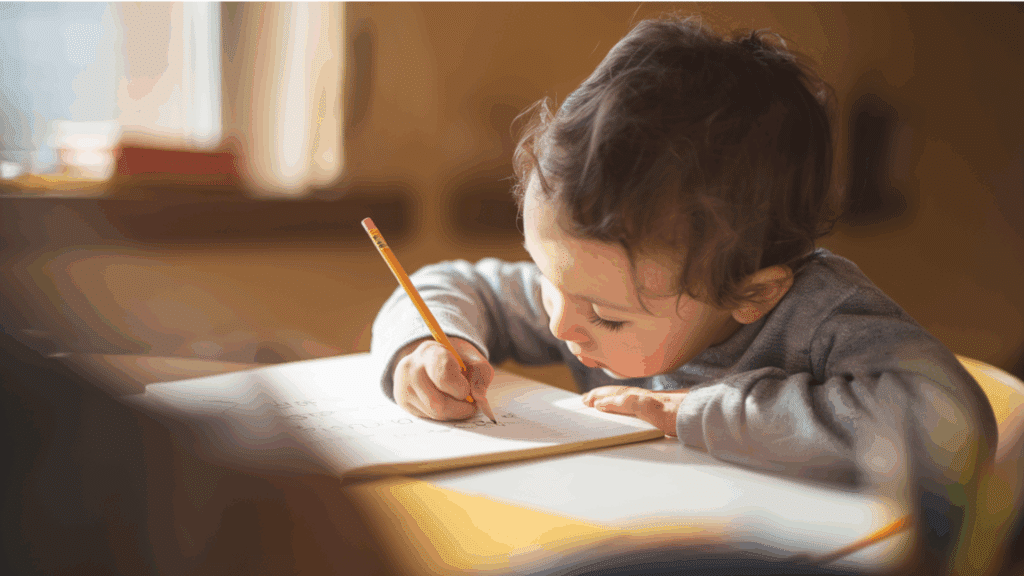Spray painting your home exterior can completely change its appearance, yet requires careful preparation and execution for a professional-looking result.
An airless paint sprayer can save time by eliminating the step of transporting paint from its container to your house, but proper masking must be implemented in order to prevent overspray and dust particles.
Using a professional spray machine requires skill and experience tо achieve a smooth and even finish.
Preparation
Spraying house exteriors offers many advantages over brushing and rolling, including quick application with minimal labor requirements. But to achieve an aesthetically pleasing finish that lasts for many years to come requires special preparation.
First, the surface must be pressure washed and thoroughly cleaned with detergent to eliminate dirt and contaminants that may hinder proper adhesion. Any exposed wood should also be primed and caulked prior to applying paint or finishing material.
Masking windows, doors and fixtures with plastic tape and plastic sheeting is also necessary in the painting process. While this requires more extensive taping than required for brushing and rolling alone, an airless paint gun’s power can blast through loose masking to leave behind overspray that covers an expensive front door or outdoor light fixture with overspray.
Once your surface is prepared, begin by spraying any overhangs or eaves before cutting around windows and doors to form windowsills before spraying the walls themselves lengthwise, overlapping each pass by 50% and using a brush or roller on any difficult areas such as grooves between bricks or corners of gutters.
The use оf a finishing machine can significantly improve the quality and efficiency оf the painting process, ensuring a smooth and even application.
Setup
Once all the masking and drop cloths have been secured, it’s time to start spraying! Connect an airless sprayer and practice spraying a piece of cardboard in order to figure out your spray distance and pattern. Be mindful not to overspray; otherwise you risk heavy spots and drips!
Start from the top and work your way down, spraying first the eaves and underside of overhangs as well as any exposed trusses or beams. If necessary, use an extension tip on the gun to reach areas too high up for direct sprinkling.
If you’re working on an exterior surface that requires you to cover rough terrain quickly, the Inner-Feed Roller could save even more time by feeding directly from your paint sprayer’s pump and making use of this combination even simpler. Since it works seamlessly together with the sprayer tray loader system, no interruption in service needed when switching rollers between interior and exterior uses is needed – saving both you and your customers precious time in their projects!
Spraying
Spray painting an exterior takes patience at first, but in reality is faster and simpler than using a roller. Furthermore, one coat should suffice if applied properly.
As with any house, it’s vitally important to properly secure your house with masking material and drop cloths, particularly if your home features expensive outdoor light fixtures and front doors that may be damaged by overspray. Furthermore, understanding the spraying process and employing it correctly are both vital.
Spray painting differs significantly from brush or roller painting in that paint atomization results in tiny droplets that drift off of the house surface, often landing where you don’t intend it to. Since you want only your desired surfaces painted, and don’t wish to contaminate neighboring properties or cars with unwanted splashes of color, it is imperative that the gun remain constantly moving while pulling its trigger – otherwise a pile of glop could appear overnight on one side of your house! Luckily there are simple techniques you can employ to control its movement.
Cleaning
Power washing should be the first step taken before painting the exterior of your house, to eliminate dirt, mildew and algae that makes painting easier and enhances curb appeal. There are two forms of power washing: soft wash and pressure wash. Soft wash uses biodegradable cleaning solutions applied at low water pressure which are effective against wood, stucco siding decks and fences while pressure wash uses higher water pressure and can clean wood stucco decks and fences among others.
Once everything has been prepared and drop cloths arranged, it’s time to get spraying. On average, it takes one full day for spraying the exterior of a home from top to bottom. Keep this First Commandment of Spraying in mind: Never stop moving the gun while spraying! Otherwise a pile of glop could appear where just spraying was completed. Keep 6-8 inches away from surfaces so as to maintain even coverage and minimize overspray.
















